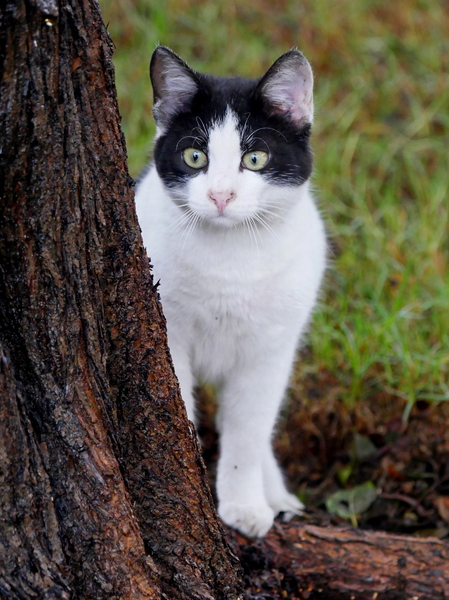Dispelling Myths About Cat Litter and Cat Health
Dispelling Myths About Cat Litter and Cat Health
Blog Article

Cat litter and litter boxes play a pivotal function in the lives of both felines and their owners. From the humble beginnings of sand and soil to the innovative developments these days, the world of cat litter has actually progressed substantially. In this comprehensive guide, we explore every aspect of cat litter and litter boxes, exploring their history, types, benefits, difficulties, and everything in between.
The history of cat litter dates back centuries, with ancient civilizations using sand, soil, and even ashes as primitive litter materials. However, it wasn't until the mid-20th century that contemporary cat litter as we understand it emerged. In 1947, Edward copyright introduced the world's first commercial cat litter made from absorbent clay, transforming the way cats relieved themselves inside your home. Because then, cat litter has undergone numerous transformations, with the introduction of clumping litter, silica gel litter, biodegradable options, and more.
Today, feline owners are ruined for option when it concerns choosing the right litter for their feline companions. Traditional clay litter stays popular for its price and efficiency in taking in odors. Clumping litter, which forms solid clumps when wet, streamlines cleansing and upkeep. Silica gel litter, composed of highly absorbent silica crystals, offers remarkable smell control and longevity. Biodegradable options, such as recycled paper, wood pellets, corn, and wheat, interest ecologically conscious consumers.
Each kind of cat litter uses distinct benefits. Clay litter masters its ability to absorb wetness and control smells, making it a dependable choice for lots of cat owners. Clumping litter streamlines day-to-day scooping and extends the time between complete litter changes. Silica gel litter provides extraordinary smell control and can last longer in between replacements. Naturally degradable litters provide a sustainable option that reduces environmental impact.
While cat litter boosts indoor feline health, it is not without its challenges. Dust from clay litter can posture respiratory dangers for both cats and people, prompting the popularity of dust-free options. Some cats might establish litter box aversion due to concerns with texture, scent, cat litter alternatives or tidiness, necessitating experimentation with different litters and box setups. Multi-cat households might require strategic litter box positioning and frequent upkeep to avoid territorial disputes and make sure all felines have access to clean centers.
Picking the suitable litter box is vital for promoting positive litter box habits and general feline well-being. Elements to think about consist of size, ease of access, and style preferences. Covered litter boxes supply privacy and assistance contain odors, however some cats might find them confining or frightening. Open-top litter boxes offer simple access and exposure however may result in more litter scatter. Automatic self-cleaning litter boxes enhance upkeep but need routine monitoring and maintenance.
Correct litter box maintenance is important for ensuring a clean and welcoming environment for both felines and their owners. Daily scooping removes waste without cat litter box furniture delay, minimizing odor and discouraging litter box hostility. Routine litter replacement, typically every 1-2 weeks, prevents bacterial accumulation and keeps optimal absorbency. Comprehensive cleansing with moderate detergent and water, avoiding extreme chemicals that may prevent felines from using the box, must be carried out monthly.
Cat litter and litter boxes play a main role in fostering a healthy and unified relationship in between cats and their human cat litter alternatives buddies. With a varied array of litter choices and litter box styles readily available, cat owners have the flexibility to customize their options to suit their cats' choices and household needs. By understanding the advancement, types, advantages, and obstacles of cat litter and litter boxes, pet owners can provide their feline buddies with a comfortable and sanitary indoor environment.